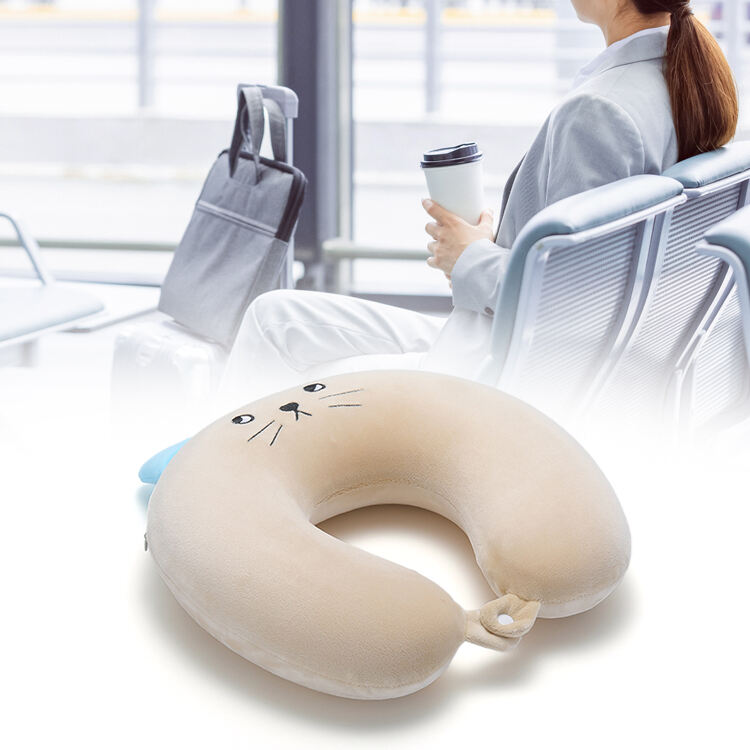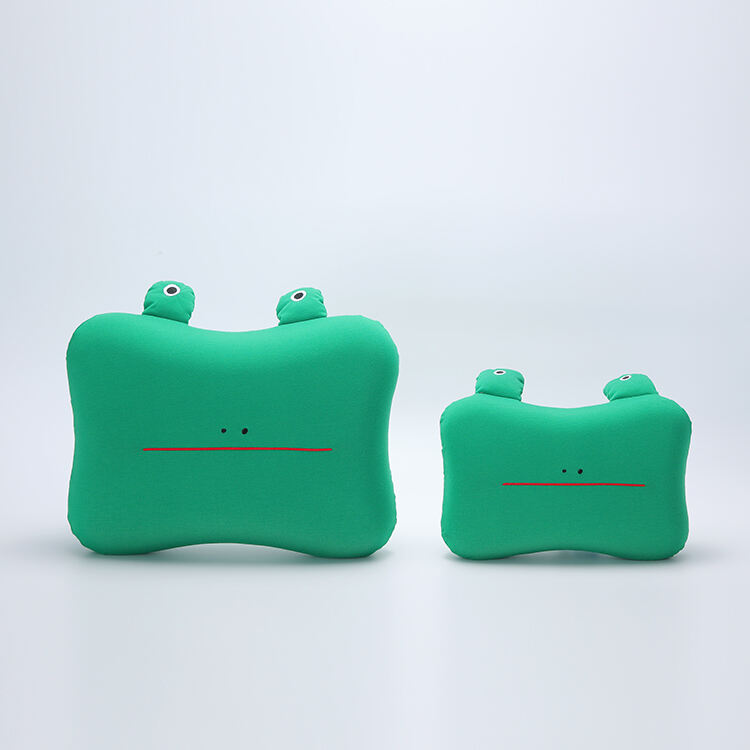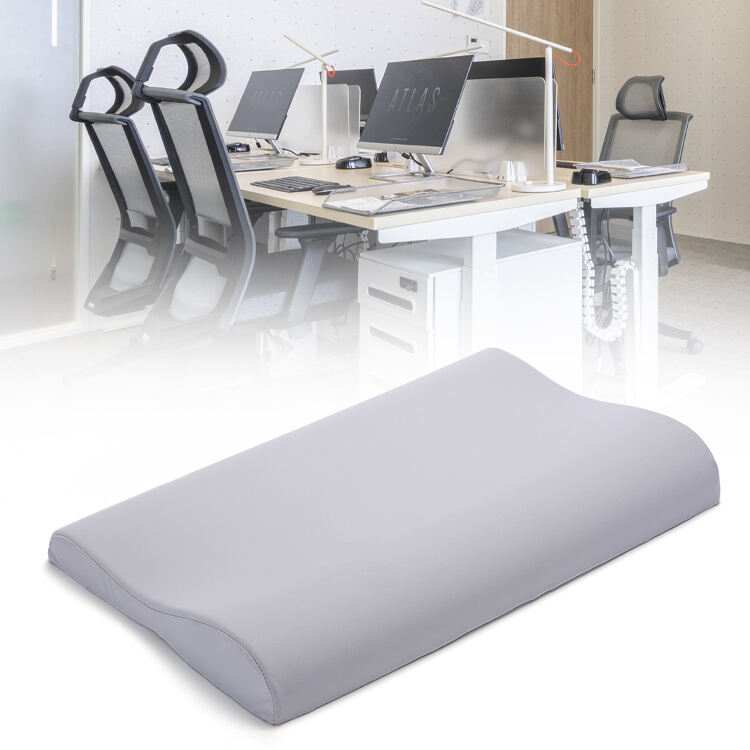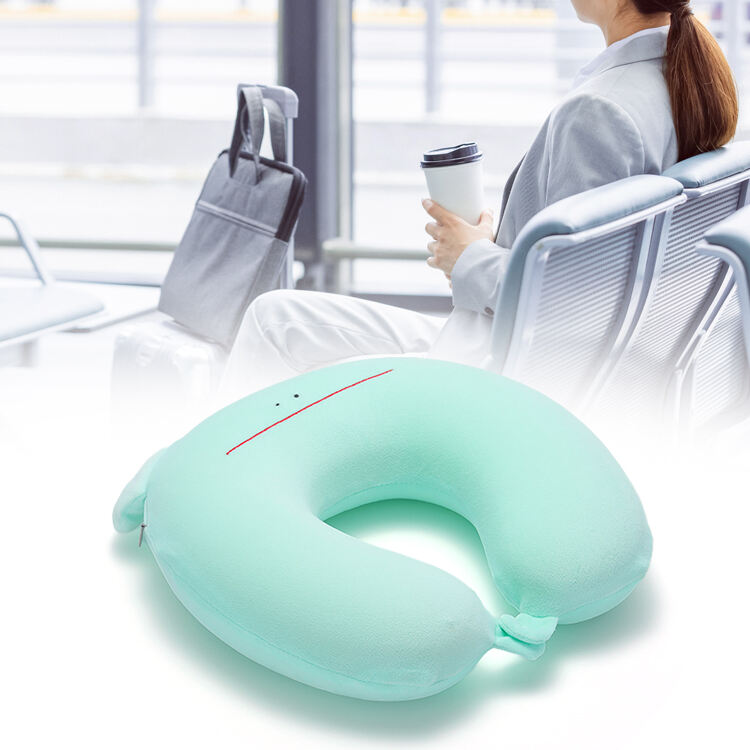The Essential Components of Premium Memory Foam
At the core of every quality memory foam pillow lies a carefully engineered combination of polyurethane-based compounds. Manufacturers blend viscoelastic polymers with specialized additives to create the signature pressure-relieving properties sleepers demand. The precise formula typically includes:
- Polyol resins for structural flexibility
- Isocyanate compounds for durability
- Temperature-sensitive viscosity modifiers
- Hypoallergenic antimicrobial agents
From Liquid to Supportive Structure: Production Stages
The manufacturing process converts raw chemicals into the final pillow shape through four critical phases:
Precision Mixing: Computer-controlled systems combine liquid components in exact ratios, ensuring consistent density and responsiveness in every batch.
Controlled Expansion: The mixture undergoes gas infusion and heating, creating the open-cell structure that allows proper airflow while maintaining support.
Quality Testing: Advanced sensors verify pressure distribution patterns and recovery rates, rejecting any units that fail to meet ergonomic standards.
Post-Processing: Final curing stabilizes the foam's cellular structure, followed by precision cutting to achieve optimal neck support contours.
Identifying Superior Memory Foam Construction
Consumers can evaluate pillow quality through these key indicators:
- Gradual reshaping when pressure is removed (5-10 second recovery time)
- Even density throughout the core material
- Certifications for off-gassing safety (OEKO-TEX® Standard 100)
- Thermoregulating surface patterns
Maximizing Your Pillow's Performance
Proper maintenance ensures lasting comfort and hygiene:
- Rotate weekly to distribute wear evenly
- Use breathable protectors instead of plastic covers
- Spot clean with pH-neutral solutions
- Replace when indentation depth exceeds 1"
Solving Common Sleep Discomforts
High-quality memory foam addresses specific user needs:
- Neck pain sufferers: Look for cervical contour designs
- Hot sleepers: Choose gel-infused or perforated models
- Allergy patients: Verify dust mite resistance claims
- Side sleepers: Select higher loft (4-6") options









